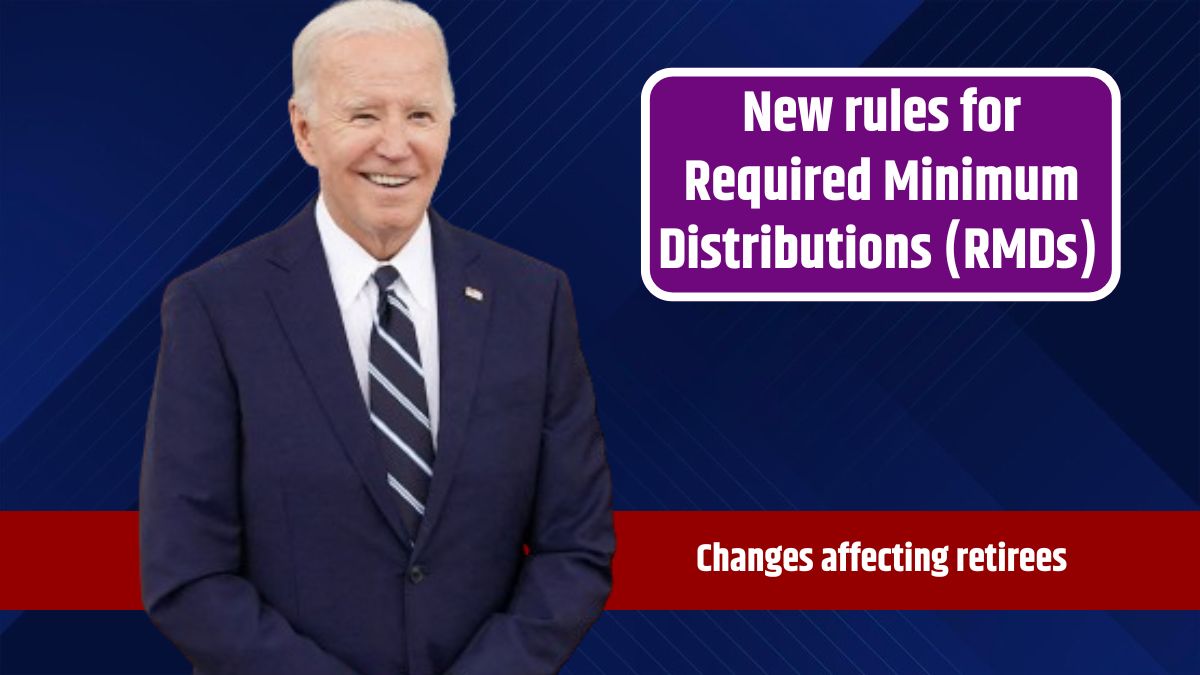Saving for retirement through an IRA or 401(k) allows you to build a solid financial future while deferring taxes on your contributions. However, once you reach a certain age, the government mandates that you begin withdrawing funds from these accounts through Required Minimum Distributions (RMDs). These withdrawals are subject to ordinary income taxes, and failing to comply with RMD rules can result in steep penalties. Recent legislation has introduced significant changes to RMD requirements in 2024. Here are the key updates retirees need to know.
Roth 401(k)
One of the most notable changes for 2024 is the elimination of RMDs for Roth 401(k) accounts. Previously, Roth 401(k) holders were required to take RMDs starting at age 73, similar to traditional 401(k) accounts. This rule made Roth 401(k) plans less attractive compared to Roth IRAs, which have never been subject to RMDs.
Starting in 2024, Roth 401(k) accounts will no longer require RMDs, aligning them with Roth IRAs. This change allows retirees to keep their savings in a Roth 401(k) without the need to roll the funds over into a Roth IRA to avoid RMDs. This can be particularly beneficial for retirees who prefer the investment options available in their Roth 401(k) plans. However, it’s important to note that rolling over a Roth 401(k) into a Roth IRA may still be necessary for some, particularly those new to Roth accounts who are subject to the five-year rule. This rule requires that your Roth IRA be open for at least five years before you can take tax-free withdrawals.
RMD Start Age
The SECURE Act 2.0, which was passed in late 2022, made changes to the age at which retirees must begin taking RMDs. For those born in 1950 or later, the new starting age for RMDs is 73, up from the previous age of 72. This change provides retirees with an additional year to keep their money growing tax-deferred before they must begin withdrawing it.
There is, however, a catch. If you choose to delay your first RMD until the year after you turn 73, you will need to take two RMDs that year—one by April 1 and the other by December 31. Taking two distributions in the same year could push you into a higher tax bracket, increasing your overall tax bill. To avoid this, it may be wise to take your first RMD in the year you turn 73, rather than delaying it.
An important exception applies if you are still working and participating in your employer’s 401(k) plan. If your plan allows it, you can delay taking RMDs until the year after you retire, regardless of your age. This rule only applies to the 401(k) plan of your current employer, not to any IRAs or 401(k) accounts from previous jobs.
Charitable Giving Incentive
For retirees who don’t need all the money in their retirement accounts to fund their living expenses, making a qualified charitable distribution (QCD) can be a tax-efficient way to reduce RMDs. A QCD allows you to transfer funds directly from your IRA to a qualified charity, and the distribution counts toward your RMD for the year.
The big change for 2024 is an increase in the limit on QCDs. Retirees can now donate up to $105,000 per year directly from their IRAs to charities, up from the previous $100,000 cap. For married couples, the combined limit is $210,000. Because QCDs are excluded from your taxable income, they can help reduce your tax bill in several ways, such as lowering your Medicare premiums and the amount of your Social Security benefits that are subject to tax.
Beginning QCDs at age 70 1/2—before RMDs are required—can help reduce future RMDs and potentially lower your tax liability in retirement.
The changes to RMD rules in 2024 present both challenges and opportunities for retirees. Knowing these new rules and planning accordingly can help you maximize your retirement income and minimize taxes. Be sure to consult with a financial advisor to determine the best strategy for your specific situation.
FAQs
What is the new RMD age for 2024?
The RMD age has increased to 73 for those born in 1950 or later.
Are Roth 401(k) accounts subject to RMDs?
No, Roth 401(k) accounts are no longer subject to RMDs starting in 2024.
How much can I donate through a QCD in 2024?
You can donate up to $105,000 per year through a QCD from your IRA.
Can I delay my first RMD?
Yes, but delaying can result in two RMDs in one year, potentially increasing taxes.
Does the new RMD rule apply to all retirement accounts?
No, the exemption for RMDs only applies to Roth 401(k) accounts and not traditional IRAs.
